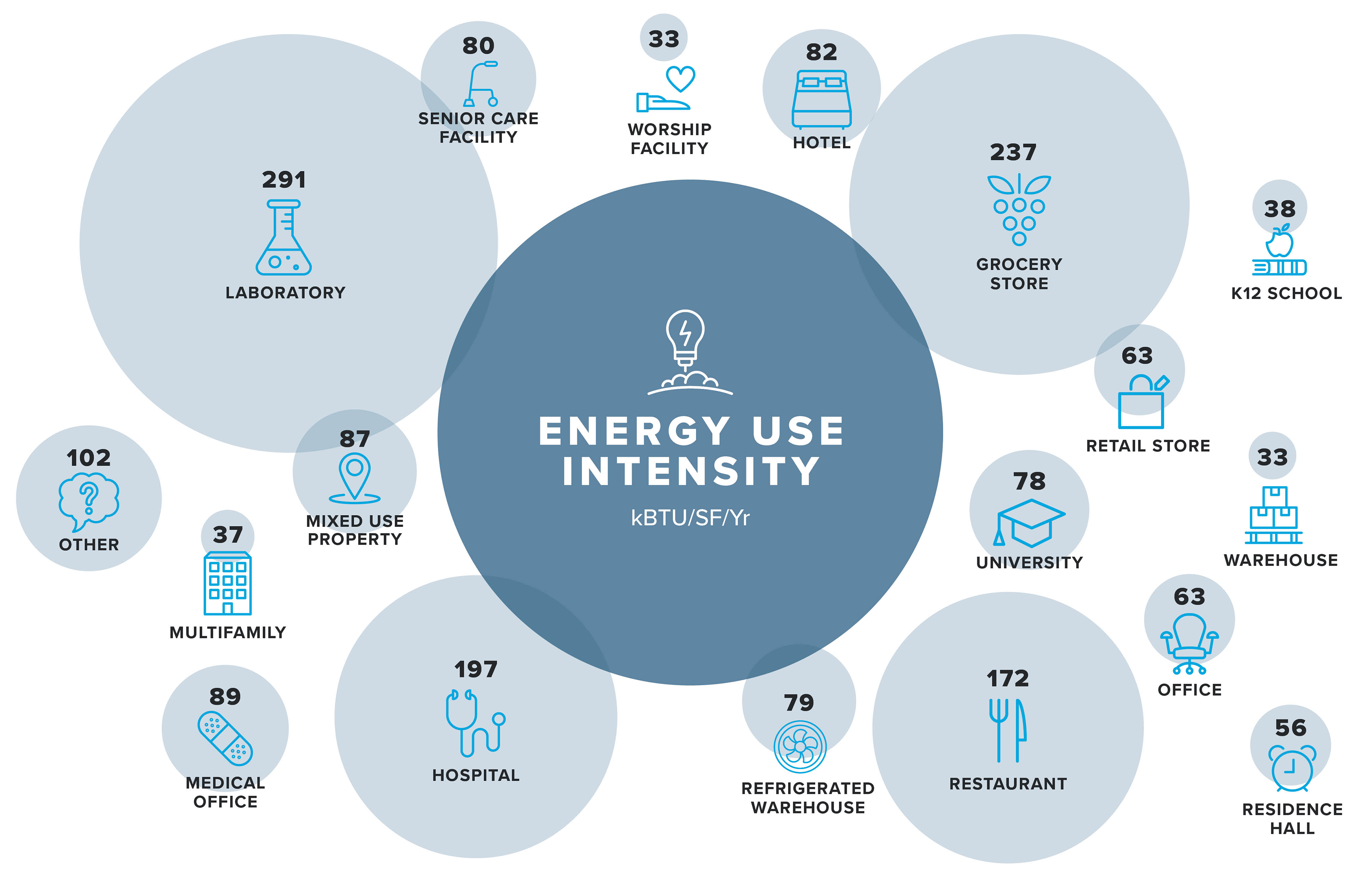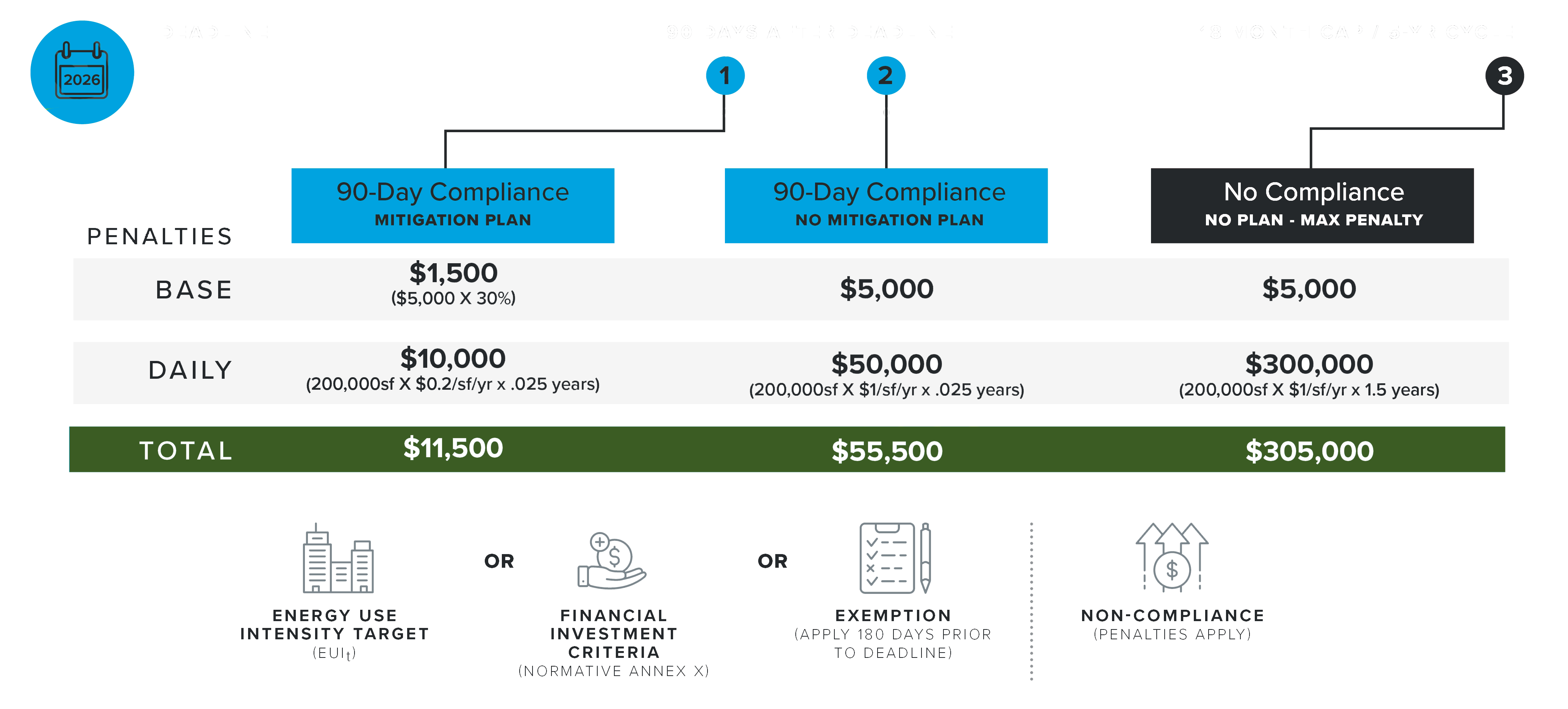Sum of the Whole
In our May 2022 edition, we introduced that the pathway towards building electrification is through a heat pump-based system. While this technology has been around for nearly 30 years, it continues to develop and there are factors to consider when deploying it
HOLISTIC APPROACH
The migration to an all-electric operating inventory demands a plan for the entire operating footprint for the health of the organization. Capturing current program use, system performance, demand loads, contingencies, and future capital plans informs the approach to a decarbonization plan. For those operating buildings across multiple climate zones, this takes on another level of data capturing. Profiling the buildings across the entire enterprise by function, performance, and risk to climate/ sustainable goals, a deeper dive can be taken into the site/building-specific considerations.
BUILDING PROFILE
At the core of building performance is aligning program use with energy use intensity (EUI) thresholds and understanding the electrical load makeup of these spaces. The building’s performing EUI versus the target EUI offers a benchmark for how energy efficient the systems are in comparison to buildings operating in the same climate zone and how it compares to benchmarking goals.

ELECTRIFYING BUILDING SYSTEMS
Mapping the building’s energy use against its source is another factor in the planning process. Buildings connected to a central plant have another opportunity for optimization, as well as considerations as to how to migrate from a fossil-fuel-burning system to an all-electric. The relationship between the heat pump, cooling technology, and campus infrastructure is heavily weighed as an approach is defined.
ELECTRIFYING & DECARBONIZING CENTRAL PLANTS
The pathway to decarbonizing a central plant has multiple facets to it: at the building level, in the central plant, and the connecting infrastructure. Identifying the components at each and synchronizing efforts is the hallmark of a well-executed project.
CODES & CONSIDERATIONS
The adoption rate of building electrification is taking hold across 20 highly populated jurisdictions around the country. Understanding the timelines, implications, and impacts to capital planning is vital to materializing project objectives. We have helped clients translate these shifts to prepare for what’s next.
Service Size & Electrical Loads
The compounding effect of electrifying buildings and transportation is placing a heightened focus on campus infrastructure. Many institutions across Washington are upgrading their medium voltage systems to resolve end-of-life failures and increased demand due to technology and campus expansion. The greening of the built environment is a new consideration in the calculation that will require creative approaches to controls, energy storage, and integration of renewable energy sources.
Clean Building Performance Standard
The CBPS [HB1257] complemented other bills in the Washington state legislature. The nuances of the bill and ‘off in the distance’ enactment of it diminished its urgency to act. We distilled the bill into workstreams, along with the financial implications if the no-action choice was taken, to help owners identify their pathway forward.
Building Emissions Performance Standard (BEPS)
Requires buildings > 20,000 sf within the city of Seattle to meet greenhouse gas intensity (GHGI) targets starting in 2031 with compliance every five years thereafter. Buildings will eventually need to achieve net-zero carbon (NZC) emissions, with all-electric buildings deemed compliant due to Seattle City Light’s clean electric grid.
ILFI Living Future
ILFI offers a Zero Carbon certification, which requires buildings to demonstrate net-zero carbon operations during a 12-month performance period where the embodied carbon must be offset by the procurement of equivalent carbon offsets. New buildings must be all-electric (no onsite fossil fuel combustion).
Energy Districts
A key pillar of energy conservation and decarbonization is reuse. Washington State legislature advanced this notion on a grander scale with the recently passed HB 1390, commonly referred to as the Energy District System bill. As the legislation progresses through the Department of Commerce’s rulemaking, it is a complementary bill to the Clean Buildings Performance Standard. HB 1390 is crafted to address central plant systems in conjunction with building energy use intensity (EUI) targets as means to achieve decarbonization goals.
Hargis has Adopted these commitments:
AIA 2030 Challenge - All new buildings and renovations to be carbon-neutral by 2030, with no onsite fossil fuel combustion and a maximum of 20% offset from offsite renewables
MEP 2040 - All building systems shall meet net-zero embodied carbon by 2040, including the use of low global warming potential (GWP) refrigerants and requiring environmental product declarations (EDPs) for all products
CBPS Financial Implications

